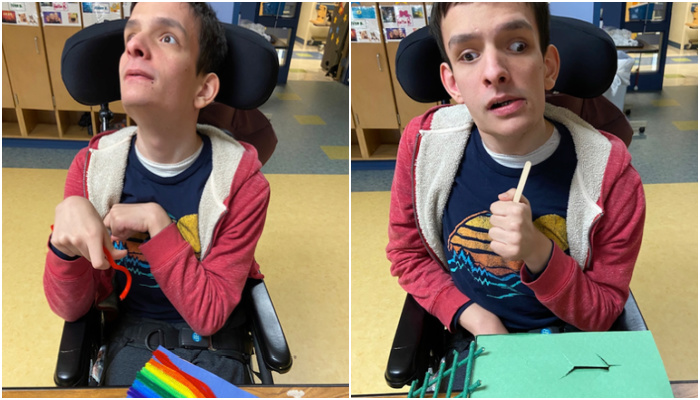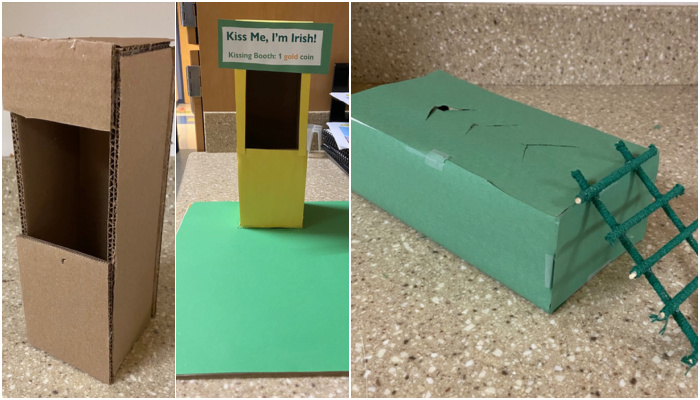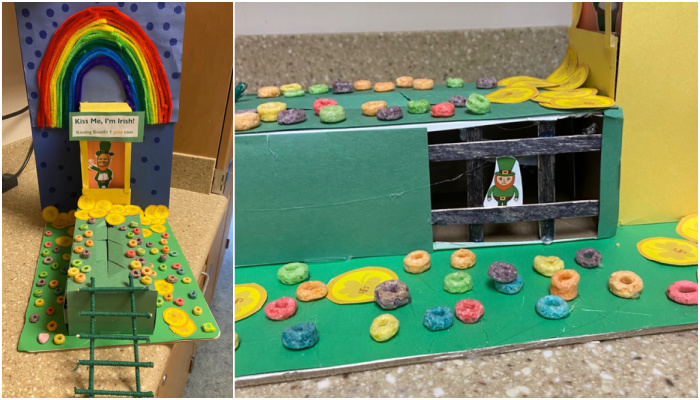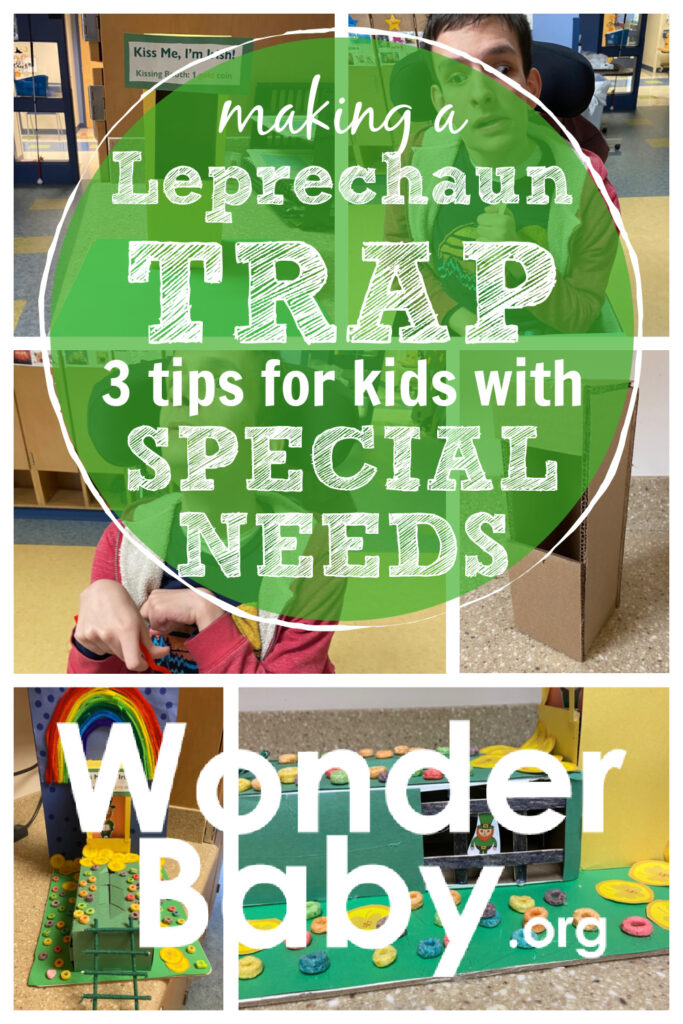Leprechaun Trap: 3 Accessibility Tips for Special Needs

- Leprechaun traps are a traditional STEM and craft project for mainstream elementary students in March, and they can be effective special needs curriculum additions as well!
- Working on themed class projects help special needs students develop social, emotional and communication skills.
- There are many ways to adapt the leprechaun trap activity to meet the unique needs of students of all abilities!
In preparation for St. Patrick’s Day, our special needs class learned about Irish culture, traditions, and lifestyle. As part of a school-wide contest to create the best leprechaun trap, we turned our attention to these mischievous little fairies and the lore that surrounds them.
Working together on a team project, we created an innovative trap that would ultimately capture a sly leprechaun, all while having a ton of fun reading stories, conducting research, and completing sensory exploration.
There were so many awesome takeaways from this unit including exposure to diverse cultures, planning and decision making, and continued development of social skills.

1. Make Learning About Culture a Multisensory Experience
In order to prepare for the St. Patrick’s Day celebration, we needed more context for the holiday itself and about Ireland as a country. Many holidays that are celebrated here in the United States are adopted from other cultures and it’s important to understand why we honor these traditions and not lose sight of their origins.
Our class focused on one of Ireland’s biggest cities: Dublin. As a group, we conducted research and discovered facts such as their population size and cuisine. Students enjoyed hearing stories and songs related to Irish culture.
When teaching history or cultural units to kids with diverse needs, it’s a great idea to explore the tastes, sounds, and colors associated with that culture.
For Ireland, you could:
- Explore the concept of the rainbow and create rainbow themed crafts. If your students are blind, there are still many accessible ways to learn about the rainbow.
- Make Irish soda bread in class. It can also be fun to choose multiple recipes and then taste test the results. Want to get other classes involved? Invite teachers and students to taste your creations and graph which recipe was the most popular!
- Listen to traditional Irish music and pair that lesson with popular modern Irish bands. Which music do we like better? Can we hear any similarities?
We then shifted focus to learn about the lore of the leprechaun and why people are so determined to capture them. It was fun listening to different stories and gaining a new perspective on this sly little creature. According to folktales, capturing a leprechaun grants you good luck and fortune. Our class wanted to put this legend to the test and make a trap of our own.

2. Create Opportunities for Choice Making and Social Interactions
Our leprechaun trap construction began with the planning phase. We had to decide what the trap would look like and how it would be executed. This was done as a teacher-led round table discussion during which students made choices (using VOCA-Voice Output devices). Giving students with special needs simple options to choose from gives them the opportunity to use their communication devices and also helps them feel more involved in the process.
We broke down the large task of building our trap into smaller assignments and every student was given a specific role. This style of team collaboration allowed the maximum amount of social interaction between students while providing ample opportunities for turn taking, active listening, and VOCA switch activation. By the end of the planning phase, we had chosen to replicate a kissing booth to lure in unsuspecting leprechauns where they would fall into the cozy holding cell below.

3. Enhance Sensory Exploration & Fine Motor Skills
Finally, we made it to the actual building phase of our project! Each student began engaging in sensory exploration to find the best materials to use for our trap. Students were encouraged to manipulate objects such as pipe cleaners, puffy paint, scented markers, popsicle sticks, and dry cereal. Including at least one edible piece of material can be really helpful for kids who explore items orally!
Once materials were chosen, teachers and staff assisted students in the building process while encouraging fine motor skill development. Students enjoyed putting the pieces together and teachers helped by operating the hot glue gun to keep it solid and standing.
By the end, we had a creative and effective leprechaun trap. The students were very proud of our creation since they were so involved from the start and had made key decisions on its construction along the way.
Now all we have to do is wait to see if we catch a leprechaun!

Related Posts

Eye Conditions and Syndromes, Visual Impairment
Neuralink Announces Plans to Restore Sight to the Blind with Brain Chip
Elon Musk’s company Neuralink has announced plans to begin human trials of its new “Blindsight” brain chip by the end of 2025.

Special Needs
5 Spring Cleaning Tips for Families of Children with Disabilities
Spring cleaning is an opportunity to create a more accessible, organized, and supportive space for your child with disabilities. Declutter, deep clean, and refresh!

Visual Impairment
The Gift of Understanding: How a Young Child Helps His Blind Father Navigate Life
When a parent is blind, it’s natural for people to wonder how their sighted child will adapt. Will they struggle to understand their parent’s needs? Will they feel burdened by...